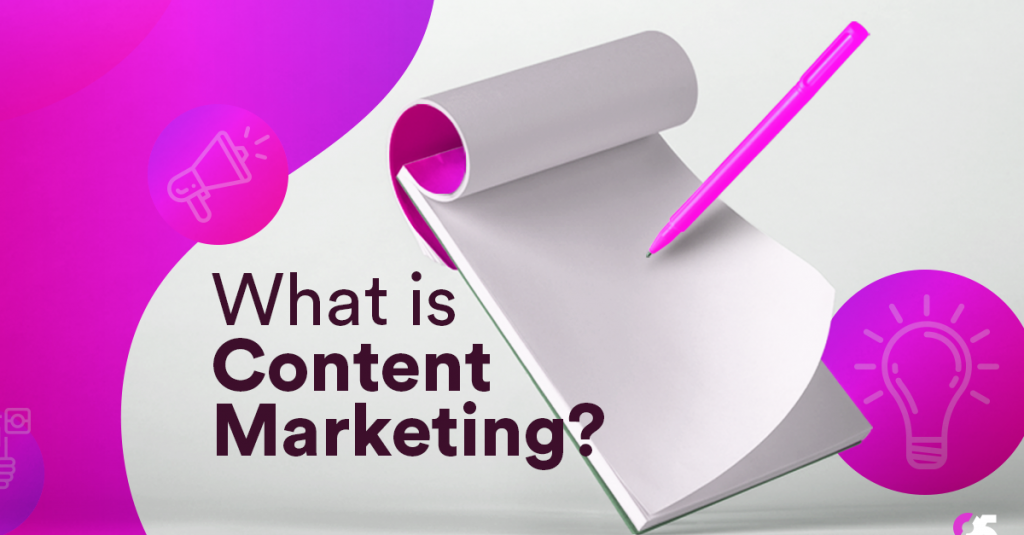
Before we jump into how to utilize content showcasing for the protection business, we should jump in the same spot about what substance advertising is.
Content showcasing is fundamentally the creation, production, and spread of substance intended to include an incentive for your intended interest group, so as to meet your promoting objectives.
Content marketing is great for:
✓Creating Awareness
✓Generating leads
✓Retaining customers
✓Creating brand advocates
Content marketing involves the use of multiple formats, platforms and mediums across each part of the create – publish – propagate journey:
Create > Blog posts, papers, videos, emails, social posts, downloadables, etc.
Publish > On your website, social media, community platforms, etc.
Propagate > On Google, Facebook & other social media, native ad platforms, etc.
Content promoting is in no way, shape or form another methodology, however it isn’t one that is regularly utilized in protection showcasing, because of the high reliance on operators, aggregators and the requirement for an individual touchpoint that buyers have generally felt.
Be that as it may, customers are investing increasingly more energy web based assessing their requirement for protection, protection suppliers, and aides for buying protection – which makes it the best time in protection advertising to make an incentive with a broad online nearness.
Why content marketing is a great idea for the insurance industry:
– It allows you to address common concerns online, without relying on agents, leaving customers feeling EMPOWERED and ready to make a purchase.
– With the increasing popularity of aggregators, it helps establish a direct brand connect and recall.
– In an industry that relies heavily on agents to push sales, it brings direct leads that can be informed and converted online.
– Most importantly, it turns a boring subject no one wants to hear about into an interesting journey that everyone needs to go on.
9 tips for leveraging content marketing for your insurance brand:
- Start with keyword research to understand the questions your audience has relevant to the types of insurance you offer. Once you have these keywords in hand, you can use the insights to build your topics.
- Analyze your audience’s buying funnel to understand what type of content they’d find useful at every stage, and what type would move them closer toward conversion – these insights should go toward building your topics too.
- Use the pillar page strategy to organize your content ,especially if you offer different types of insurance products. This involves creating a ‘pillar page’ for each product type, and then different clusters of sub-topics under it, all linked by common keywords. This will make it easier for users – and Google! – to find your content.
- Stick to the purview of your brand and everything that comes under it (a mind map helps!) when planning topics. If you offer different types of products, this will really broaden your scope, so remember to keep your content on-brand.
- Create original content with your brand’s expertise, to answer the questions users are already asking online about insurance.
- Use a mix of media formats – text, infographics, videos, etc. – to keep things interesting for readers. The insurance industry isn’t something anyone really looks forward to reading about, so the more useful and interesting-looking your content, the better it will perform.
- Use a mix of media platforms to publish your content to correspond with your formats – your website, YouTube, social media, SlideShare, email, etc. Each of these channels can also be optimized for search engines and are frequented by your customers in their day-to-day lives, making your content a seamless part of their day.
- Promote your content rigorously using paid media, by boosting posts on social media, by emailing it to your subscriber lists, etc. It will help you get some traction to begin with – insurance-related content isn’t something that easily catches users’ attention and time.
- Constantly analyze what’s working for your brand, vis a vis CTR, page views, session time and pages/session for your website, traffic from each channel, engagement metrics for social media, keyword rankings, etc.

